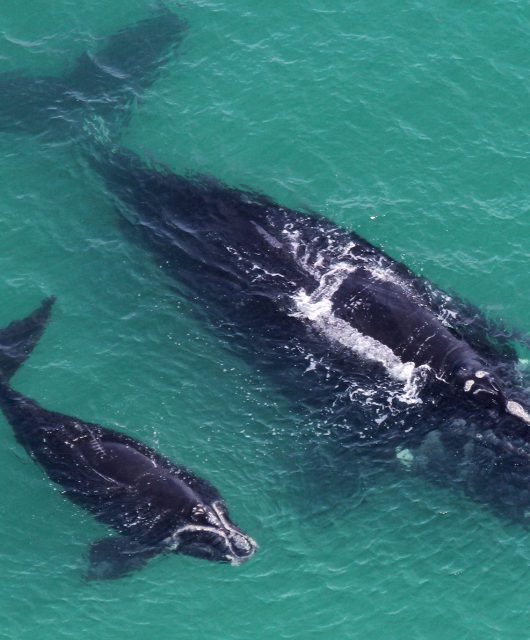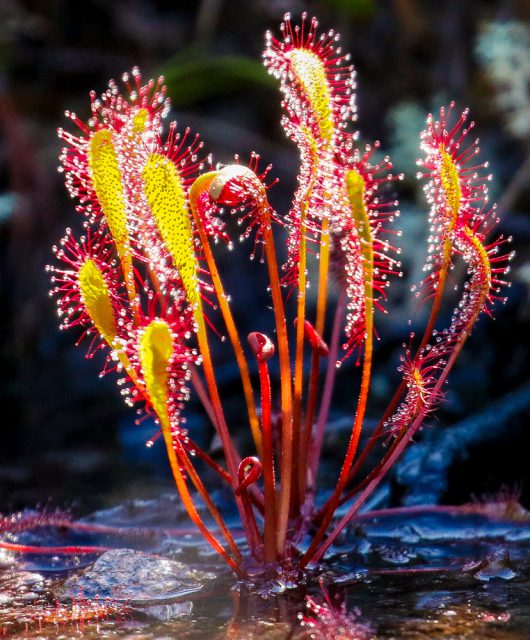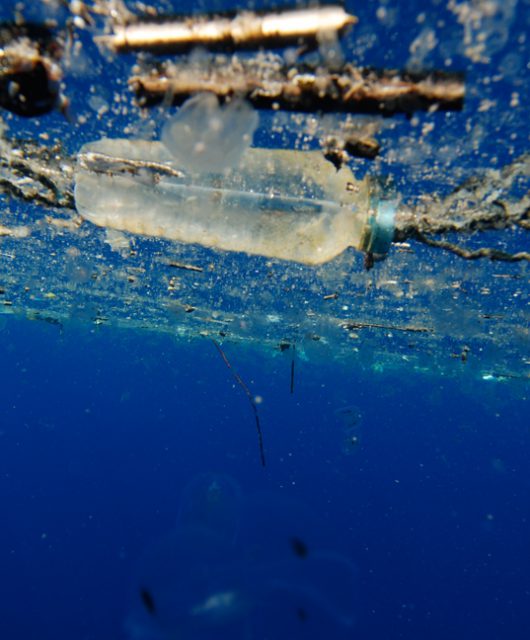Many turtle nests fall victim to nest predators like raccoons, skunks, foxes and coyotes.
To help ensure more nests hatch successfully, the Canadian Wildlife Federation and its partners have been collecting and incubating turtle eggs as well as installing nest protectors on nests. Another method to help increase hatching success is to create nesting areas that are safe from predators. That may sound impossible but that is what the CWF turtle team did this past summer.
In partnership with Mississippi Valley Conservation Authority and Ontario Power Generation we created a turtle nesting site on a small, rocky island near a causeway where turtle nests suffer high predation rates.
How do you build a turtle nesting area?
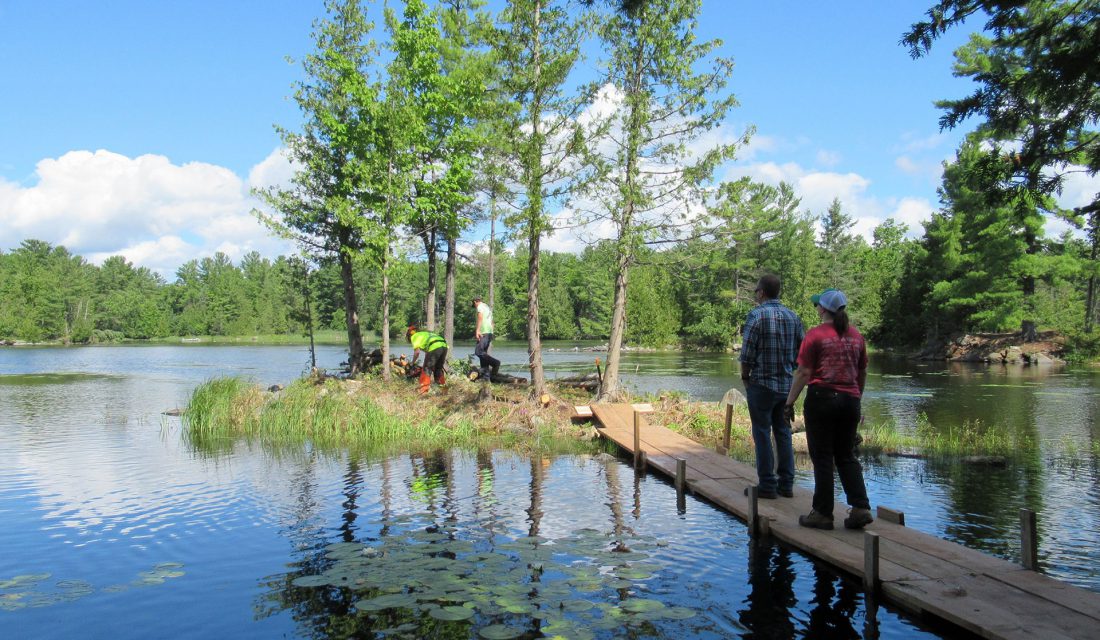
The first step was building a temporary bridge from the mainland to the small island. This allowed us to easily move the nesting material to the island using wheelbarrows. Then of course we needed a load of sand and gravel for the nesting material. Using a tractor with a front end loader, it was possible to move the sand and gravel from where it was delivered to the parking lot to the end of the trail close to the island.
Then we had many people helping to shovel sand and gravel into the wheelbarrows, push the wheelbarrows onto the island and dump out the sand and gravel, and more people to shovel around the material to form a nest mound.
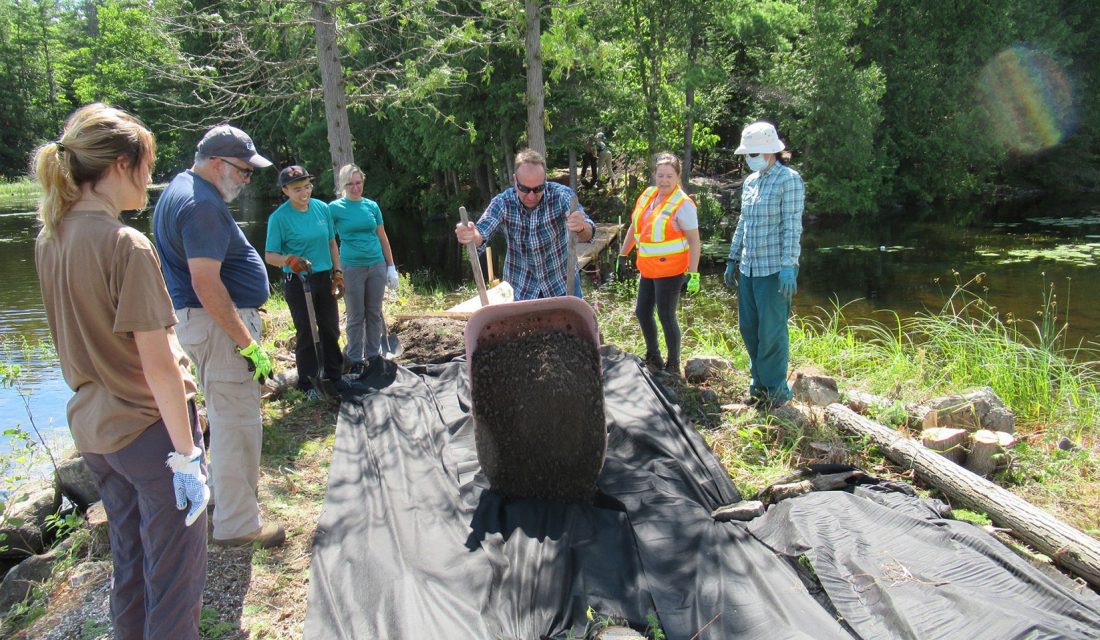
After a few hours of hot and sweaty work we had a nest mound that was roughly half a metre high in the middle, four metres long and three metres wide. The nest mound filled most of this small island. We had turned a rocky island with no nesting habitat into an ideal area for turtles to lay their eggs.
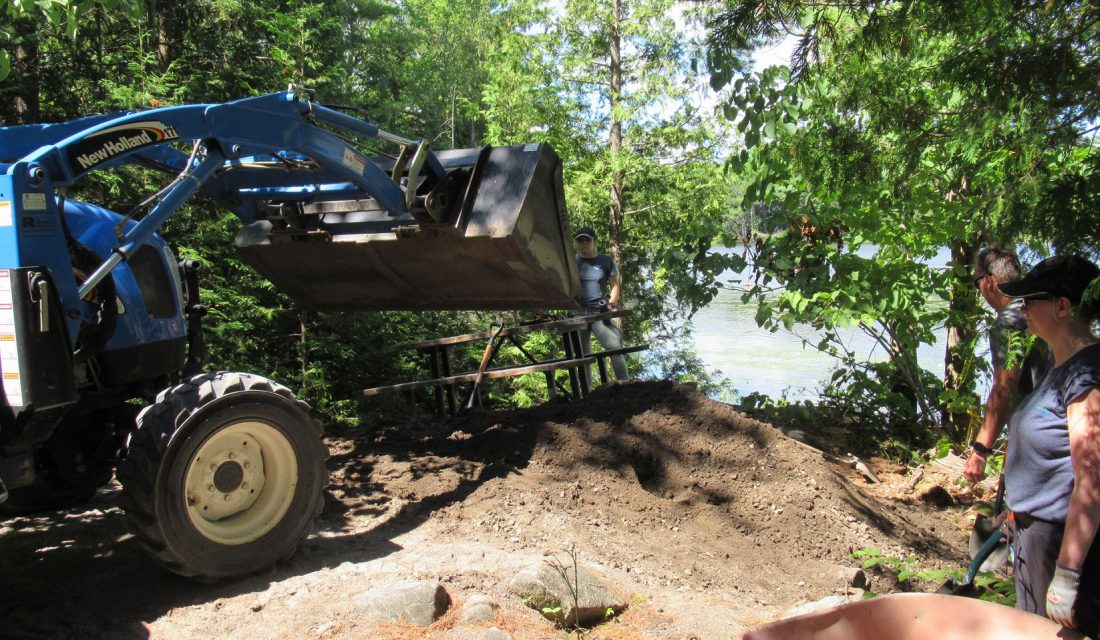
Turtles commonly nest in recently disturbed soil such as construction sites or even just piles of dirt in people’s backyards, so we know turtles will nest in a variety of areas. Artificial nest sites have been tested by researchers and they are used by nesting turtles if they are in suitable locations.
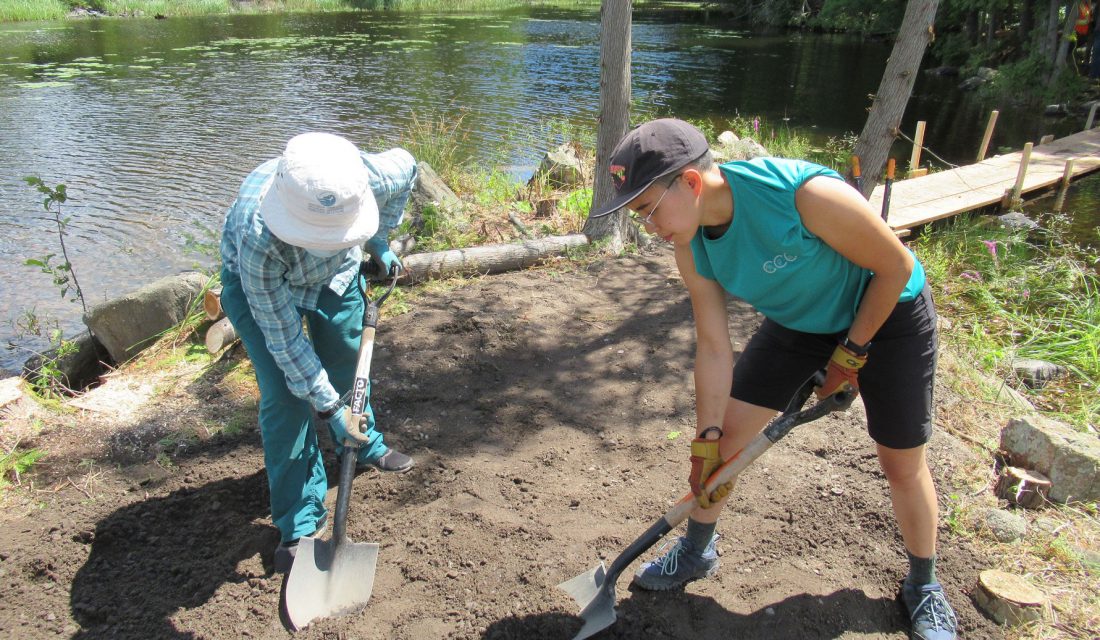
The expectation is that since there are so many turtles in the water in this area, next year during the nest season, some female turtles will check out this new area and choose to lay their eggs there. Will the nests be safe? Raccoons can swim but generally remain on land. Many turtles will continue to nest on the mainland along the causeway and many of those nests will feed the raccoons. It is hoped that nests laid on an island will not be detected by predators and hence will be safe, but we will monitor the site to see if it is used for nesting and if the nests remain safe.
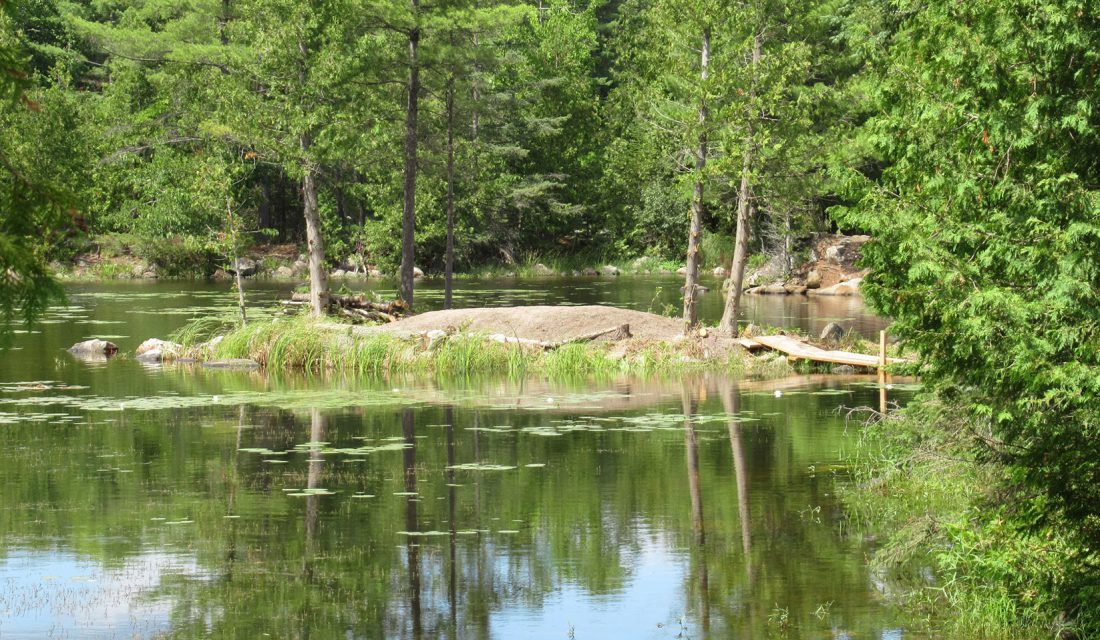
Thanks to our partner organizations, Mississippi Valley Conservation Authority and Ontario Power Generation for making this happen, and to all of the hard-working people who helped build the nesting mound. To learn more, download our guide to building a turtle nesting site.

